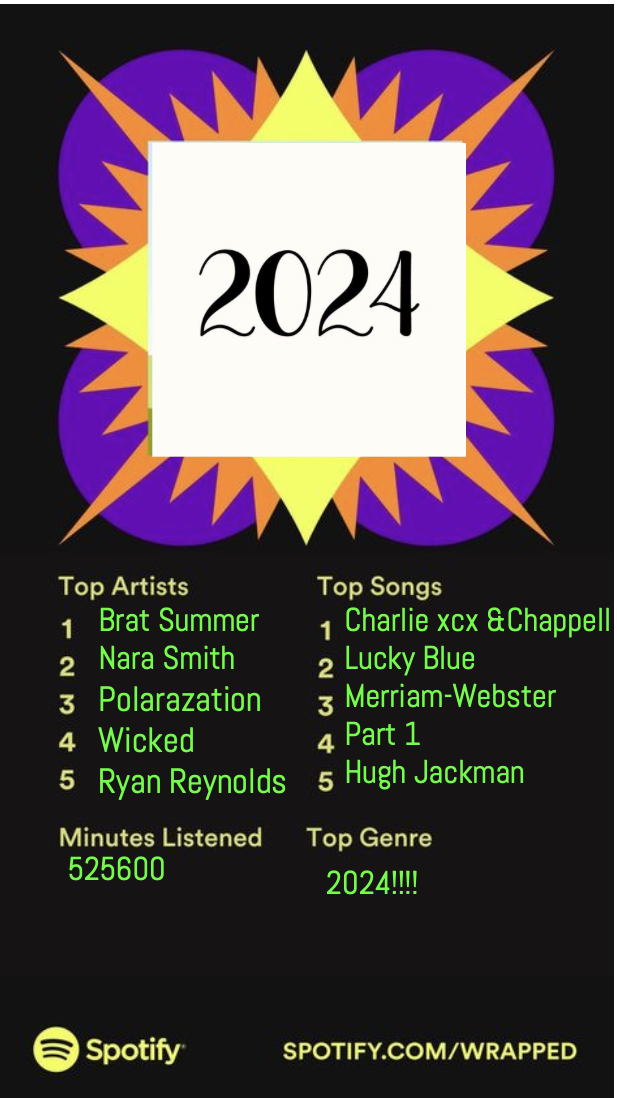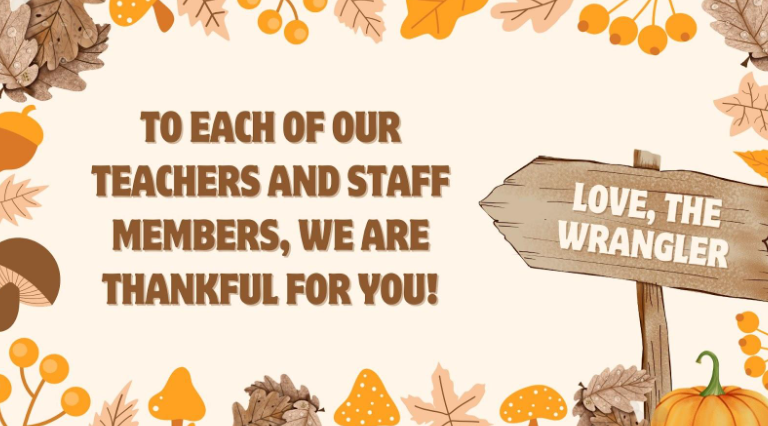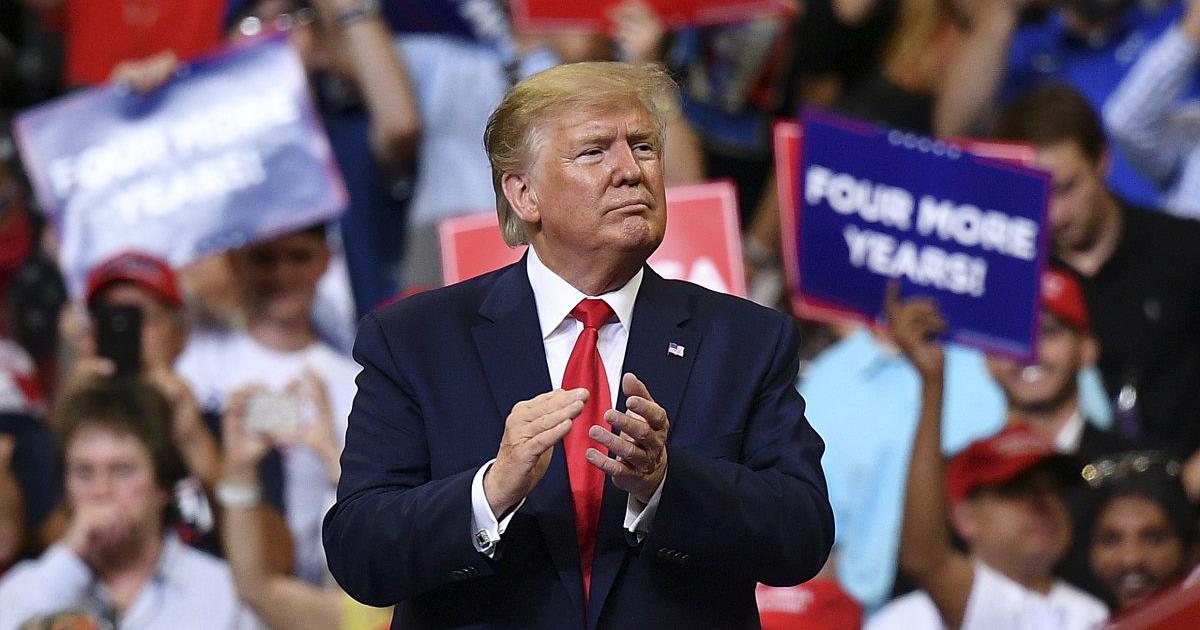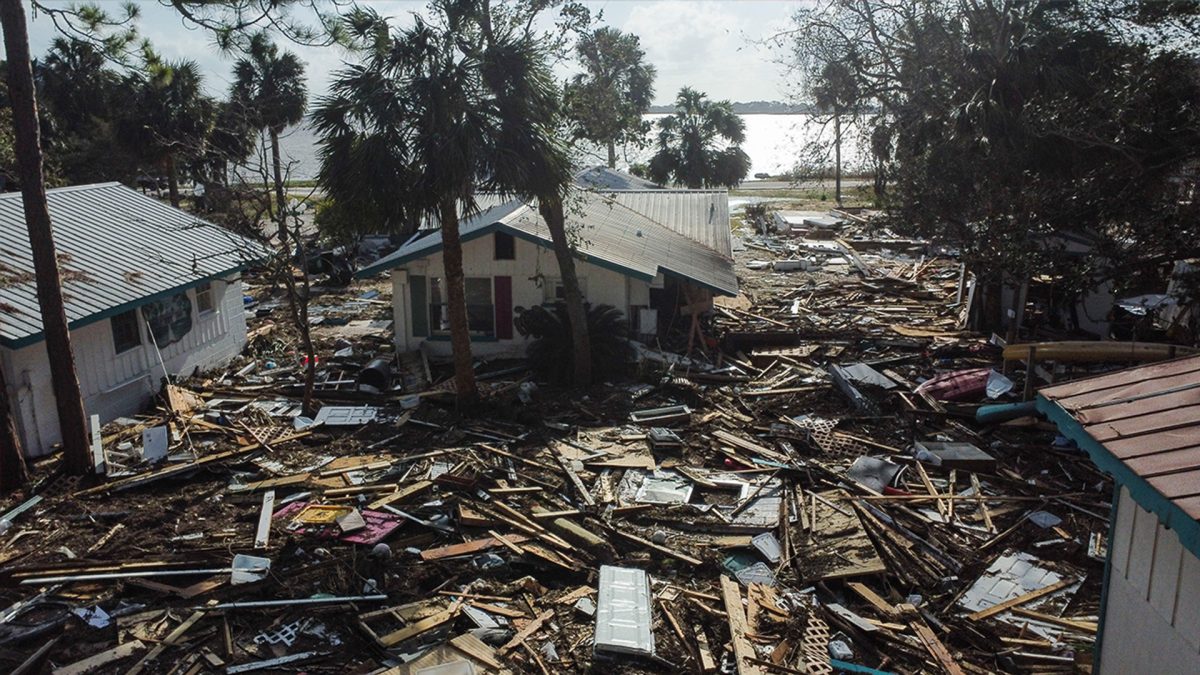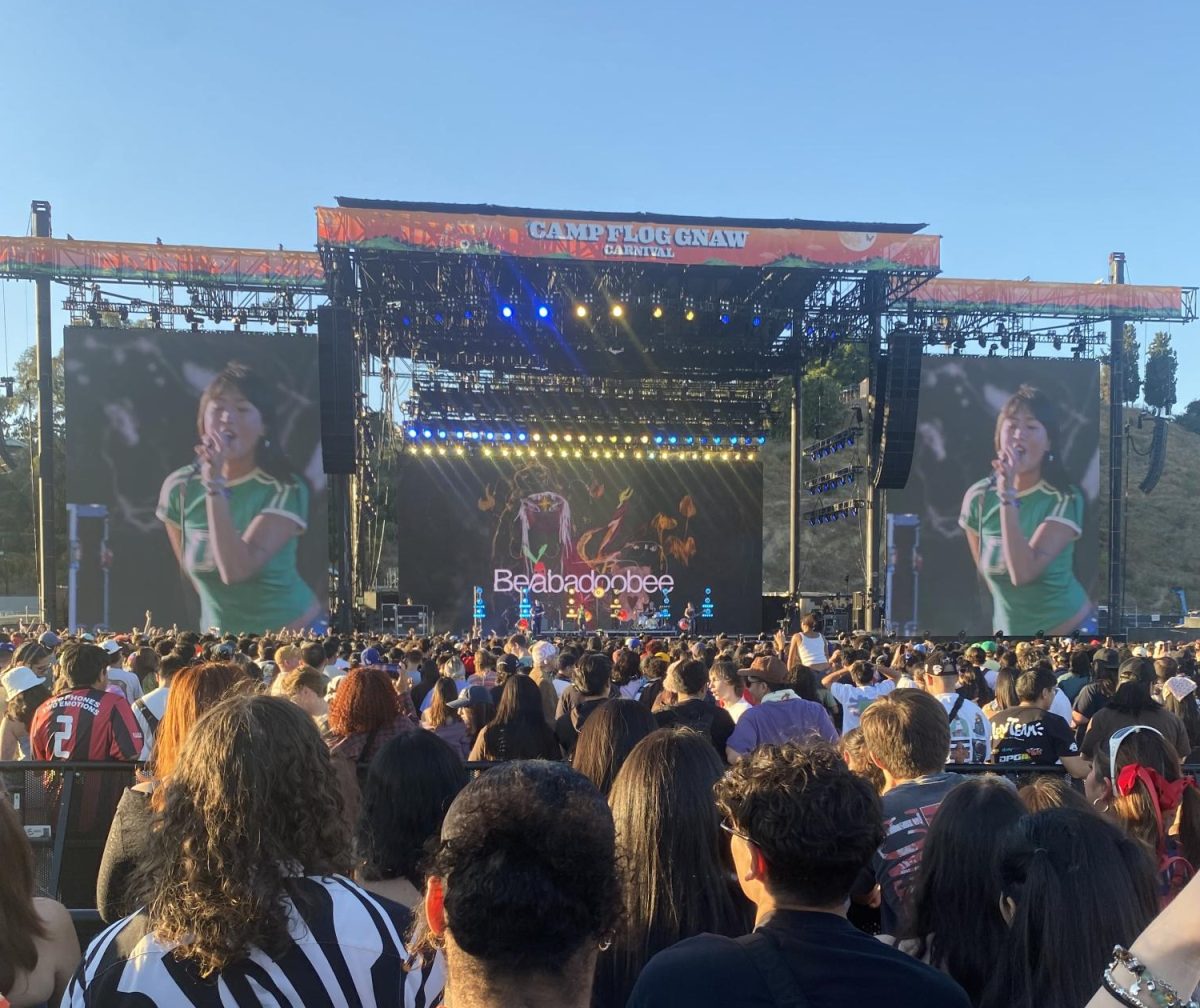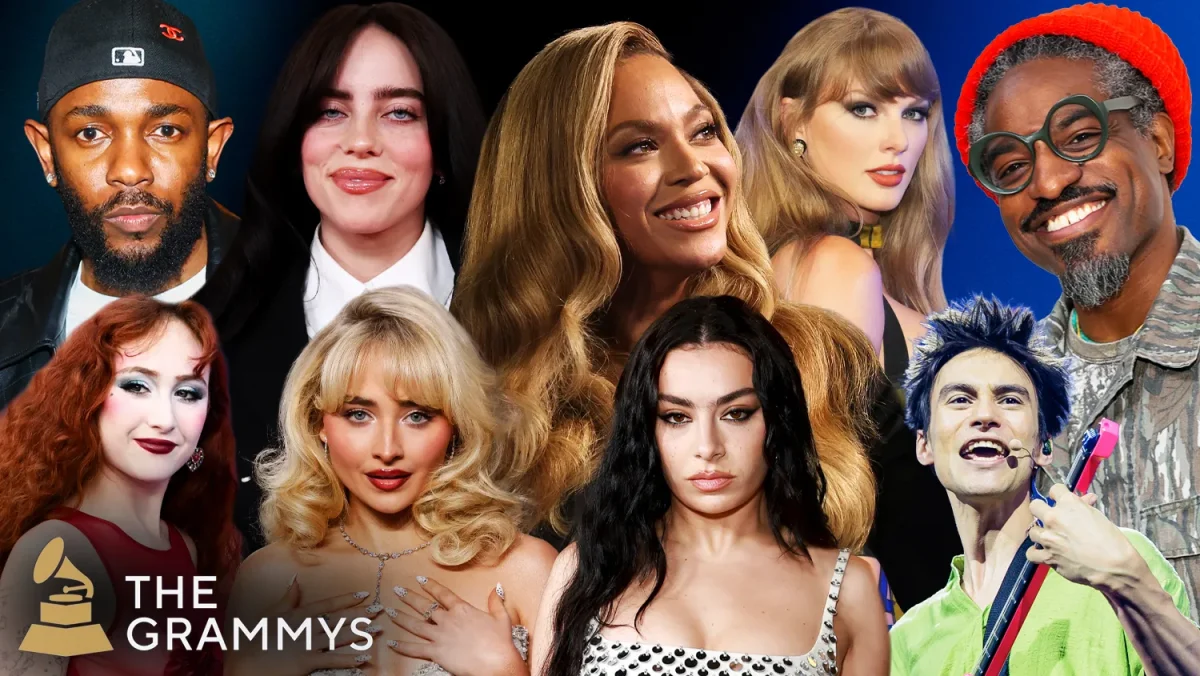In recent years, there has been a notable rise in the number of book bans and challenges across the United States, reigniting an age-old debate over censorship, freedom of expression, and the role of literature in shaping society. Books have long been banned for various reasons, but this surge in recent years—particularly in school libraries and public institutions—has sparked heated discussions. Critics argue that book bans are a direct threat to intellectual freedom while supporters often claim these bans are necessary to protect children from inappropriate content.
The past few years have seen a marked increase in book challenges, an attempt to ban or remove material, and bans. According to the American Library Association (ALA), the number of book challenges in 2022 nearly doubled from the previous year, with a significant portion of the books targeted relating to issues such as LGBTQ+ identities, racial justice, and sexual content. A report from the ALA notes that in 2022, more than 1,200 individual books were challenged, the highest number recorded since the ALA began tracking such challenges in 1990 (American Library Association).
The uptick in book bans has largely been driven by a growing political and cultural divide in the United States. In particular, conservative and right-wing groups have led many of the recent challenges, often focusing on school curriculum and library collections. The political climate, marked by a rise in populism and culture wars, has played a major role in shaping this phenomenon. Books addressing topics like systemic racism, gender identity, and LGBTQ+ rights have been among the most frequently targeted.
Several factors contribute to the recent rise in book bans. One significant reason is the increasing politicization of education. In recent years, there has been a concerted effort in certain states and localities to influence what children learn in schools, especially in subjects like history, social studies, and literature. The teaching of critical race theory (CRT) and discussions of gender identity have become particularly contentious, with many conservatives arguing that such subjects are divisive and inappropriate for young minds.
The growing influence of local political figures and school boards in determining what books are deemed “appropriate” for school children is another contributing factor. These individuals, often elected by conservative communities, wield significant power over public libraries and school curriculums. In some cases, these boards have responded to pressure from parent groups who claim that books dealing with sensitive issues like race, sexuality, or gender are harmful to children. They argue that such content is too mature or controversial, often labeling it as “pornographic” or “indoctrinating.”
The COVID-19 pandemic also played a role in intensifying book bans. As schools transitioned to remote learning, there was a noticeable increase in parents becoming more aware of what their children were being taught and exposed to. The pandemic provided a new platform for political movements, with social media amplifying concerns about content in classrooms and school libraries. This period of heightened parental vigilance has led to greater mobilization of groups advocating for the removal of specific books.
Books that are being banned or challenged today often revolve around issues of identity—particularly race, sexuality, and gender. Titles like Gender Queer by Maia Kobabe, The Bluest Eye by Toni Morrison, Stamped: Racism, Antiracism, and You by Jason Reynolds and Ibram X. Kendi, and Lawn Boy by Jonathan Evison have all been frequent targets (The New York Times). These books deal with topics such as racial inequality, sexual orientation, and the struggles faced by marginalized communities.
Critics of these books argue that such content is inappropriate for children and can encourage harmful ideologies or behaviors. Supporters, on the other hand, believe that these books help foster empathy, promote diversity, and encourage important conversations about society’s most pressing issues. For many, these works provide representation and validation for young readers who may not see themselves reflected in mainstream literature.
The issue of book banning has sparked a fierce debate across the nation. Many librarians, educators, authors, and activists are vocal in their opposition to these bans, emphasizing the importance of intellectual freedom and the First Amendment. The ALA and other advocacy groups argue that book bans are a form of censorship that infringes upon the right to free expression and the autonomy of students to explore ideas and perspectives that may be outside of their immediate experience. They say that literature can serve as a powerful tool for promoting critical thinking, empathy, and understanding, especially when it deals with complex or uncomfortable topics (American Library Association).
On the other side, many parents and political groups who support book bans contend that their primary concern is protecting children from content they deem harmful or inappropriate. For these individuals, book bans are seen as a way to safeguard children from material that is too graphic, explicit, or ideologically aligned with viewpoints they disagree with. They argue that parents should have more control over what their children are exposed to in schools and that some books contain material that is not suitable for young readers.
There is also a significant divide in how different regions of the country view book bans. While some states, particularly in the South and Midwest, have seen a surge in book challenges, other areas—such as parts of the West Coast and Northeast—have largely resisted these efforts. This geographic divide highlights how book banning is often intertwined with broader political and cultural tensions in the country. In addition to that, here in Yorba Linda, most of the students here believe that books shouldn’t be banned. In regard to this, Braylene Easley (11) said, “I don’t know why people would want to ban books. I think that books provide a learning experience and open our eyes to things that might not be so obvious.”
The recent surge in book bans is unlikely to subside soon, as debates over what constitutes “appropriate” material for children continue to evolve. Whether these bans will have a lasting impact on the availability of certain books will depend on legal challenges, public opinion, and the advocacy efforts of groups committed to intellectual freedom.
One thing is clear: the debate over book bans is a reflection of deeper societal tensions, including how we define freedom, how we address social issues, and how we navigate cultural differences. For many, the outcome of these debates will shape the future of education, free speech, and access to knowledge for years to come.


